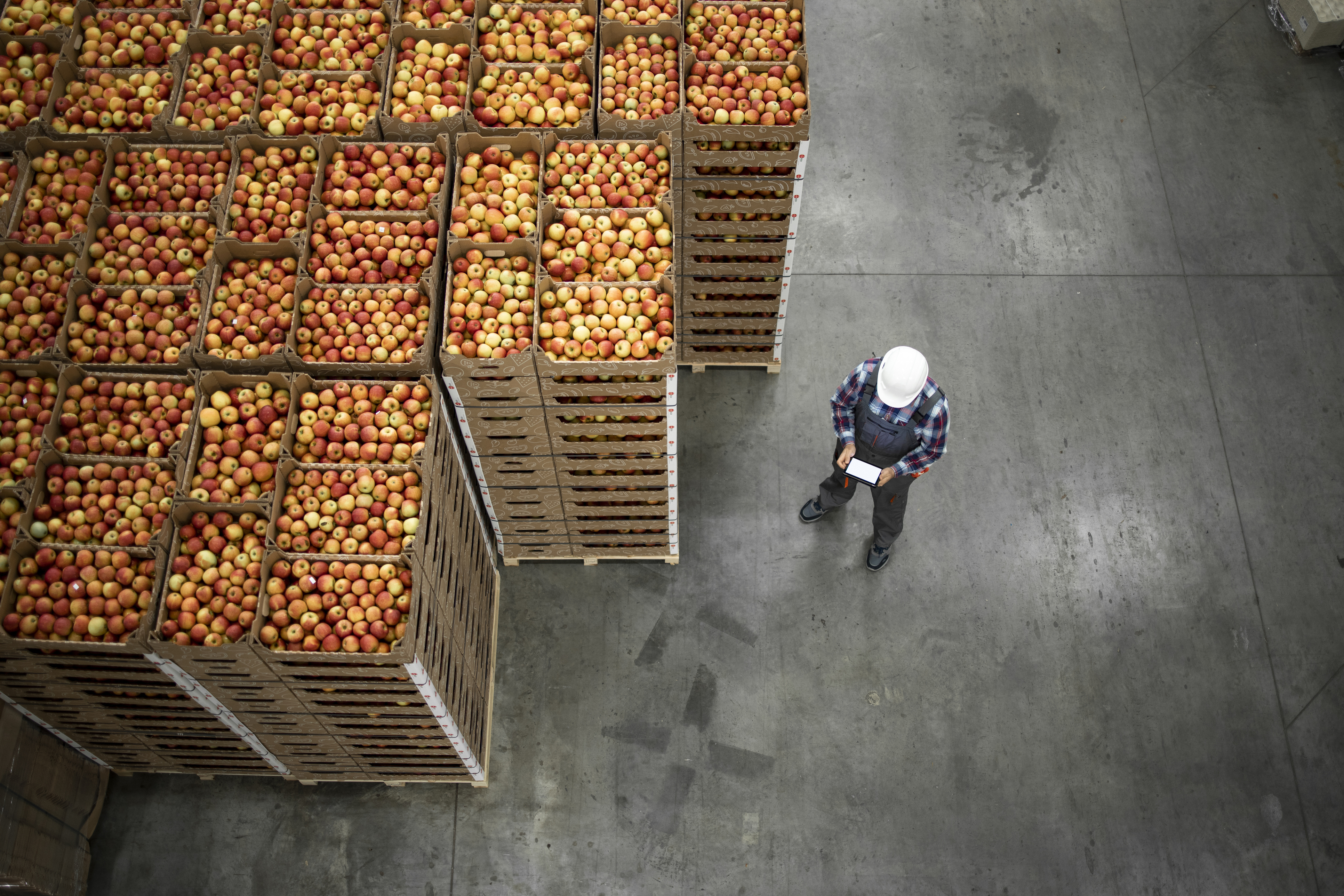7 Basic Principles Of HACCP
HACCP (Hazard Analysis and Critical Control Points) is a systematic method for identifying, assessing, and controlling risks to food safety that relies on the following seven basic principles: 1.Conduct a […]


HACCP (Hazard Analysis and Critical Control Points) is a systematic method for identifying, assessing, and controlling risks to food safety that relies on the following seven basic principles: 1.Conduct a […]

Value-adding entails transforming an agricultural (raw) product into a more valuable one that can be sold at higher prices and have a more extended storage life. Processing and packaging of […]

Food security is based on 3 pillars: Sufficiency, Accessibility Affordability In the past, food security was unstable because of the inability to cope with plant pathogens (Irish Potato Famine, 1845-1852), […]

Crop diversification means growing more than one crop in an area. The term describes many strategies and alternatives to mono-cropping (monoculture). The different crops are cultivated simultaneously or in a […]

Fortification of milk Fortification of milk is a procedure to enrich cow’s milk with additional vitamins and minerals not naturally present in significant amounts. Usually, vitamin D and A are […]

Food defense refers to the proactive measures and strategies that food manufacturers and distributors implement to protect the food supply from intentional contamination or tampering. It involves identifying vulnerabilities in […]

Food integrity is defined as a condition in which food is safe for consumption in terms of safety, quality, traceability, and authenticity from various aspects throughout the entire production and […]

Food safety refers to the practices and procedures implemented throughout the food supply chain (food production, processing, distribution, and consumption) to ensure that food products are free from contaminants, pathogens, […]

Food fraud is the intentional and deceptive manipulation, misrepresentation, or adulteration of food products to gain economic benefits, mislead consumers, or evade regulatory measures. Types of fraudulent activities can involve […]

A critical limit in food safety refers to the specific criteria set for each Critical Control Point (CCP) in a Hazard Analysis and Critical Control Points (HACCP) plan. It is […]